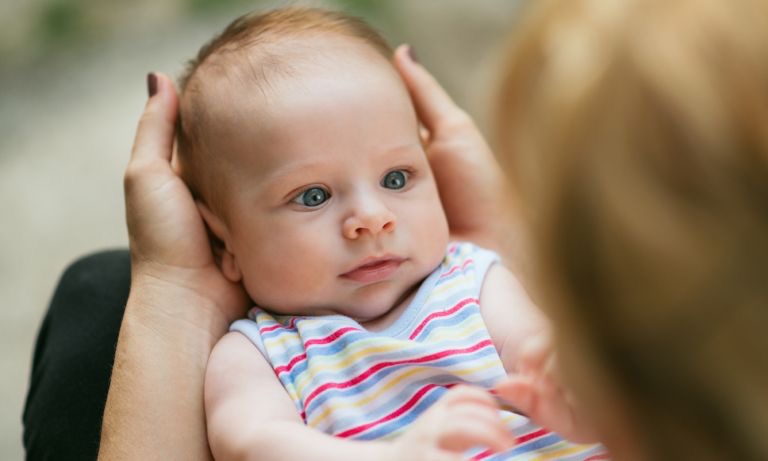Schaffer's stages of Attachment - Attachment
The AQA Specification says;
"Stages of attachment identified by Schaffer. Multiple attachments."
Schaffer and Emerson studied the attachment behaviours of babies and that lead them to develop their theory there are four stages of attachment that develop as a baby ages.
Stage 1 - Asocial stage
In the first few weeks of life a babies attachment towards various people and objects is similar, hence the term "asocial", meaning that babies are largely indifferent to who or what they are around, but they did show a preference for certain people and are more easily comforted by them, e.g. when a mother or caregiver is able to get a baby to settle and sleep or stop crying.
Stage 2 - Indiscriminate attachment
From 2 - 7 months babies show a much stronger preference to be with humans rather than objects (like teddy bears) and will accept cuddles from almost anyone without showing separation anxiety or stranger anxiety, hence the term, 'indiscriminate'. At this stage they also recognise and prefer the company of familiar people.
Stage 3 - Specific Attachment
From 7 months onwards babies become much more attached and show these attachment signs towards one person. Separation and stranger anxiety appear and the baby will form a specific attachment with a primary attachment figure - this is the person who respond best to the baby and spends most time with it. In most cases, this is the mother.
Stage 4 - Multiple Attachments
After showing initial strong attachment behaviour to one person, this then gets extended to others - multiple attachments with those who they live with or spend a lot of time. By the age of one year the babies in Schaffer and Emerson's study had developed multiple attachments.
Now for the AO3
Evaluation
- High validity in Schaffer's study - the parents reported and observed the babies behaviour and as such the behaviour would've been very honest. The babies were in their natural setting and not in a lab being observed by scientists which may have made the babies behave differently.
- Poor evidence for asocial stage. At the asocial stage in the first stages of a young babies life they have poor co-ordination and are relatively immobile due to lack of muscle development and coordination (think of having to hold a baby's head at this stage). This makes it hard to observe, notice and report any signs of anxiety or attachment at this stage.
The babies may indeed be quite social, but due to poor coordination may appear asocial.
- Real world application - Day care! Day care can be planned for using Schaffer and Emerson's stages. As we know, handing a child over to an unfamiliar adult could be traumatic for the child due to stranger anxiety, but if started earlier allowing time for the child to become accustomed to the adult allows for smoother caring arrangements and the child settles better.
- Generalisability? Can this study be generalised? Schaffer and Emerson only look at one group of families/babies in one area of Glasgow? This means that it might be apply to other families in other cultures.




Comments
Post a Comment